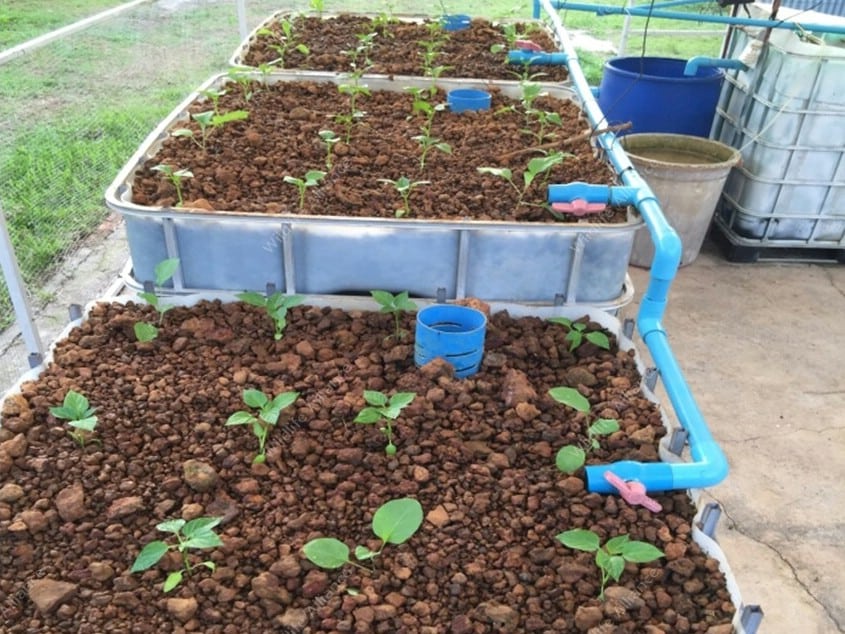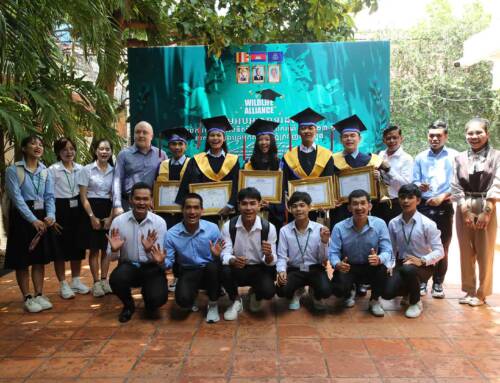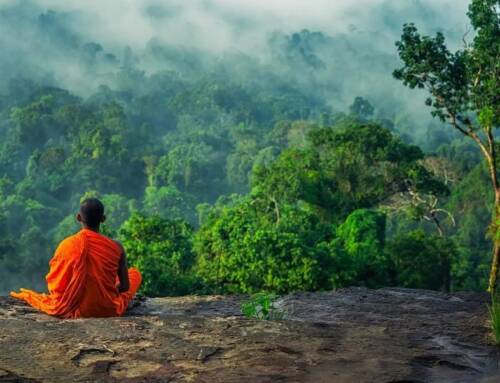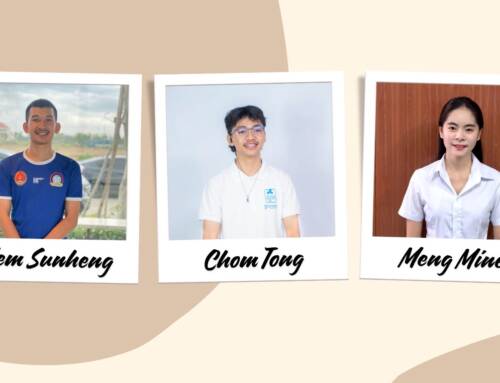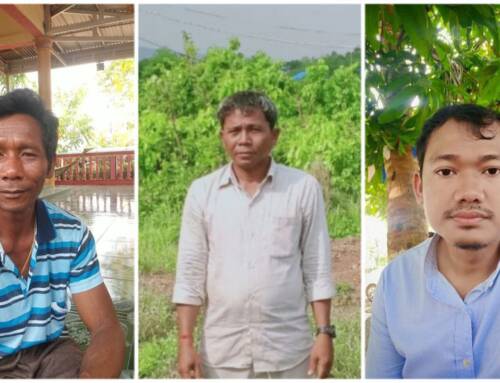The Community Agriculture Development Project helps families earn a livable and sustainable income through training in modern agriculture techniques and marketing, and provides farmers with subsidized tools, irrigation, and seedlings. Previously, farmers in the area relied on slash and burn farming, which is extremely detrimental to the environment. One sustainable and cost effective farming technique Wildlife Alliance is training families in is aquaponics- the practice of combining aquatic animal farming and hydroponics in a symbiotic environment. It works by creating a symbiotic ecosystem where the fish feed on the plants and then the fish’s excrement is used as nutrients for the plants. The fish essentially create their own food, so farmers do not have to provide the fish with supplemental food. Adding to the sustainability, the majority of the water used in the aquaponics system is recycled.
At Sovanna Baitong, community members have been consistently producing gallic, basilica, eggplants, sweet pepper, and fish in the aquaponics systems. Wildlife Alliance teaches families to create their own aquaponics kits using recycled materials. The families not only use their aquaponics harvests for self-consumption, but can also sell their products at the local market. To produce the best agriculture, Wildlife Alliance has also taught families to create their own fertilizer through worm composting, using dry compost, or by using grass and cow manure.

